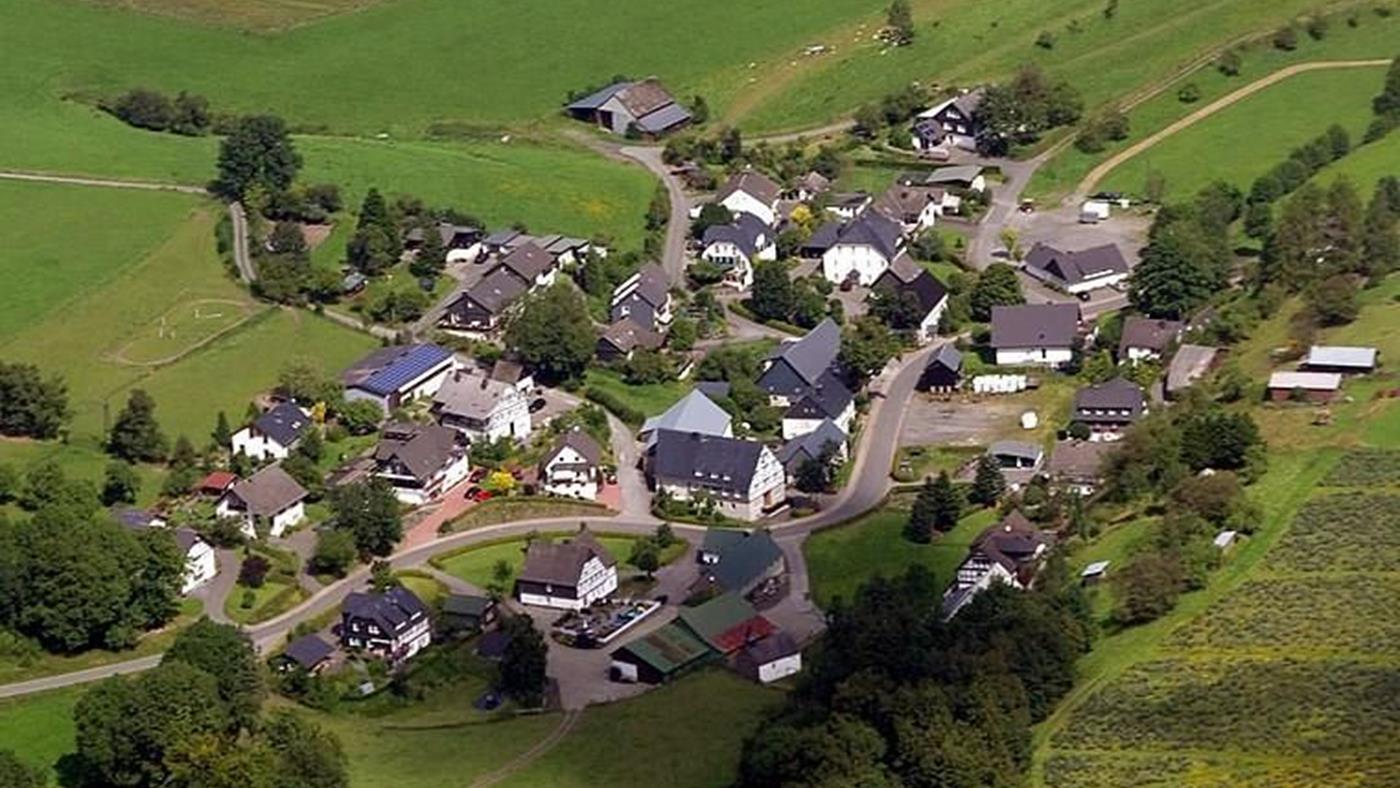Heat will be stored in a pit filled with hot water.
If we capture the sun that warms our world and store it correctly, it is possible to meet our hot water and heating needs throughout the year. The storage method I will talk about here is hot water stored between seasons in Pit Storage, which has been used before and perfected in Denmark.
*The scheme of the system is as follows
The depth of the pit used in this project is 14 meters and its volume is 27,000 cubic meters. Transferring hot water from summer to winter in this pit is as follows. First, the soil from the pit opened by excavation work is piled on the sides to raise the pit. Then the floor and inclined side walls are covered with a very durable and strong waterproof geomembrane. The upper part is covered with a very thick, waterproof and durable floating insulation consisting of 10 different layers. Thanks to this insulation, our hot water tank is completed. Thermal insulation is generally not applied to the bottom and sides because the soil acts as a serious insulator. Also, since there will be hot water here throughout the year, it warms the soil a little in the first year and since the heat does not spread too much, it is not a problem. Losses in the following years gradually decrease.
*Heat pumps to be used
German who wants to get rid of fossil fuel Brought The town will capture the heat from the sun with a flat plate collector. 5,060 Vitosol 100-F XF13 model panels are used in the heat capture field, covering a total area of 11,638 m2. These panels transfer water that reaches 90°C to the seasonal storage pit. Since the heated water rises, the water temperature is high at the top and cold at the bottom.
*Dronninglund 60,000 m3 floating lined seasonal heat energy storage pit in Denmark
The most important feature that distinguishes the system, which uses summer solar heat while under snow, from similar ones is the 2 heat pumps that produce 624 kW of heat energy each. As you guessed, since it is impossible to supply hot water to the network below 45 °C, heat pumps come into play here and are activated when it drops below the critical temperature. Heat pumps use the water in the pit as a heat source and reduce it to 30 °C. In this way, the pit can be designed 35% smaller.
*Example cross-section of floating insulation material
In closed-circuit systems provided entirely with renewable energy, serious instantaneous heat needs may arise due to extreme weather conditions. For example, in winter, the air temperature can drop to -15 °C for only 5-10 days. A biomass burning boiler with 700 kW heat production will be installed as a system for these days. The central heating system will provide 70% of the energy it uses throughout the year from the sun, 20% from biomass and 10% from heat pumps.
*Central heating network pipes coming to the town
The cost of the central heating system is 16.5 million euros around. While 10.5 million Euros of this goes to energy production and distribution, the remaining part goes to PTES, or Çukur Thermal Energy Storage System, which stores 1.7 GWs of heat.
*A solar central heating system panel field in France
This news our mobile application Download using
You can read it whenever you want (even offline):
Source link: https://www.donanimhaber.com/alman-kasabasi-bracht-gunesten-isinmaya-geciyor–186716


